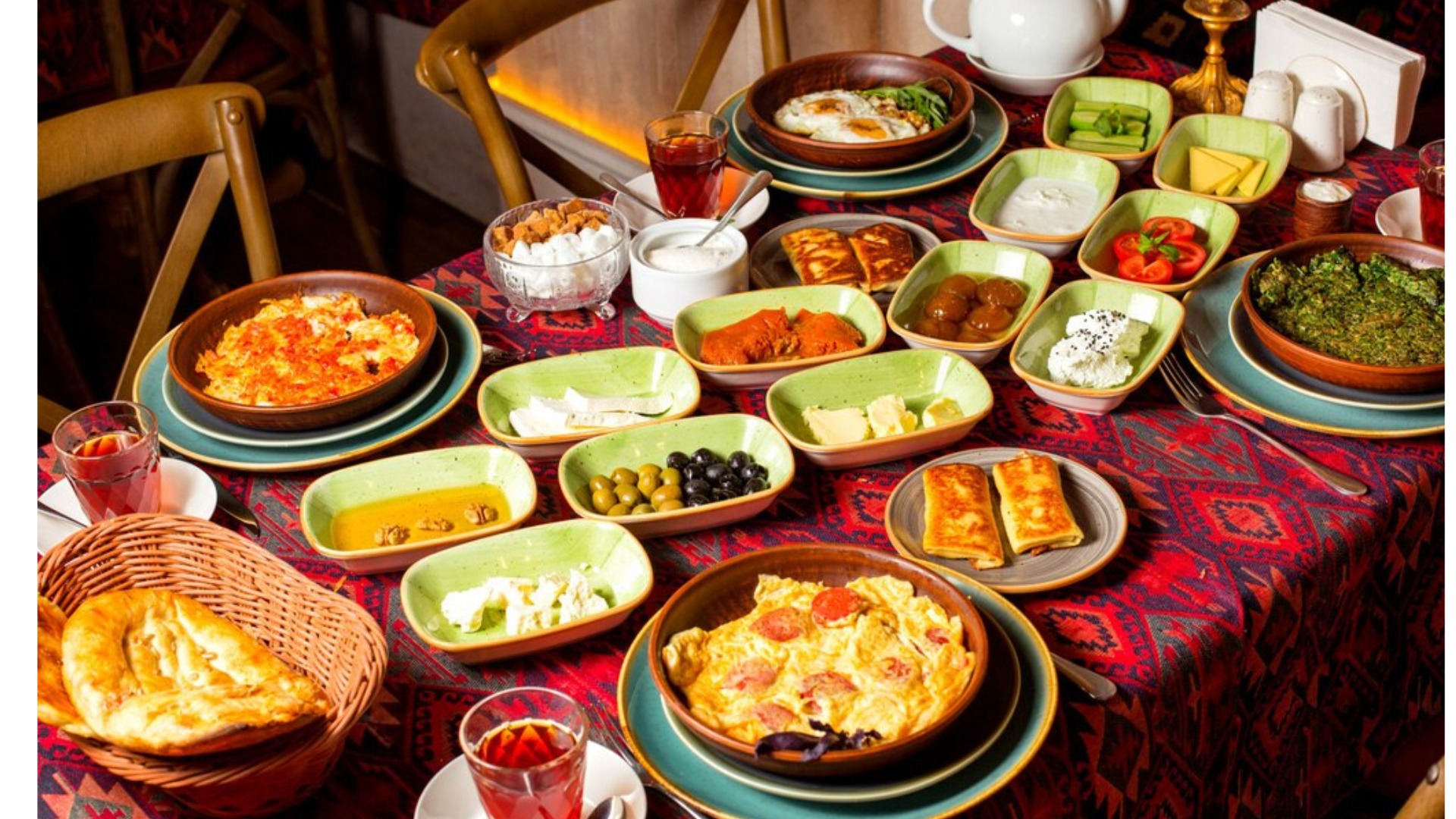In a world dominated by fast food and culinary trends, there’s something heartwarming about traditional, quaint food items that have stood the test of time. These foods are not just items on a menu; they are cultural artifacts that tell stories of communities, heritage, and love. This blog post is your gateway to exploring some of the most enchanting and delicious traditional food items that you must try. Expect to be transported to various corners of the world, each offering a unique taste of its rich culinary heritage.
The Allure of Quaint Food
Quaint food items hold a special place in our hearts because they are often made with love, using recipes handed down through generations. They represent not just sustenance, but a way of life. Whether it’s the rustic simplicity of a village bakery or the aromatic complexity of a family-owned spice shop, these foods capture the essence of tradition and community.
Savoring Simplicity Bread and Butter Pudding
Bread and Butter Pudding is a quintessential British dessert that epitomizes the charm of rustic, homely cooking. Made from simple ingredients like stale bread, butter, milk, and eggs, this dish transforms basic pantry staples into a comforting, indulgent treat. The pudding is often flavored with vanilla, nutmeg, and raisins, creating a delightful blend of textures and flavors.
The Heritage of Sourdough Bread
Sourdough bread has been a staple in many cultures for centuries. Its tangy flavor and chewy texture make it a favorite among bread enthusiasts. What sets sourdough apart is its natural fermentation process, which involves wild yeast and lactic acid bacteria. This not only gives the bread its unique taste but also makes it easier to digest. Sourdough is a testament to the beauty of slow food, where time and patience result in a product of exceptional quality.
Exploring the Richness of French Onion Soup
French Onion Soup is a dish that takes humble ingredients like onions and beef broth and elevates them into a gourmet experience. The magic lies in the slow caramelization of the onions, which imparts a deep, rich flavor to the soup. Topped with a slice of crusty bread and melted Gruyère cheese, this soup is a comforting bowl of warmth and tradition.
Delving into Cultural Delights
Each culture has its own set of traditional foods that are deeply rooted in history and tradition. These dishes often carry the essence of their place of origin, offering a glimpse into the culture and lifestyle of the people who create them.
The Art of Making Kimchi
Kimchi is a staple in Korean cuisine and a symbol of Korean culture itself. This fermented vegetable dish, usually made from Napa cabbage and Korean radishes, is seasoned with chili pepper, garlic, ginger, and salted seafood. The fermentation process not only preserves the vegetables but also enhances their nutritional value. Kimchi is a perfect example of how traditional food items can be both delicious and beneficial for health.
Italian Comfort in a Bowl Risotto
Risotto is a traditional Italian dish that showcases the culinary prowess of Italian home cooks. Made from Arborio rice, which is cooked slowly in broth until it reaches a creamy consistency, risotto is often flavored with ingredients like mushrooms, saffron, or seafood. Each bite of risotto is a testament to the Italian philosophy of letting simple, high-quality ingredients shine.
Spanish Paella A Feast for the Senses
Paella is Spain’s national dish and a celebration of its rich culinary heritage. Originating from the Valencia region, paella is a rice dish cooked with a variety of ingredients such as seafood, chicken, rabbit, and vegetables. The key to a perfect paella is the socarrat, the crispy layer of rice that forms at the bottom of the pan. This dish is often enjoyed communally, making it a symbol of togetherness and festivity.
The Sweet Side of Tradition
Traditional desserts are often the highlight of any culinary experience. These sweet treats carry the flavors and techniques of the past, offering a taste of nostalgia and comfort.
Exploring Middle Eastern Baklava
Baklava is a rich, sweet pastry made of layers of filo dough filled with chopped nuts and sweetened with syrup or honey. This dessert has its roots in the Middle East, and each region has its own unique variation. The delicate layers of pastry, combined with the crunchy nuts and sweet syrup, create a symphony of textures and flavors that is hard to resist.
Delight in Italian Gelato
Gelato is Italy’s answer to ice cream, but it’s so much more than that. Made with a higher proportion of milk to cream, gelato has a dense and velvety texture. Traditional flavors like pistachio, stracciatella, and hazelnut offer a taste of Italy’s rich culinary tradition. Unlike commercial ice creams, gelato is churned at a slower speed, incorporating less air and resulting in a more intense flavor.
The Elegance of French Macarons
Macarons are delicate meringue-based cookies that have become synonymous with French patisserie. These colorful confections are made from egg whites, sugar, and almond flour, and are filled with ganache, buttercream, or jam. Each macaron is a work of art, with a crisp shell and a chewy interior that melts in your mouth. They are a perfect example of how traditional techniques can create something truly exquisite.
Bringing Tradition to Your Table
Incorporating traditional, quaint food items into your everyday life can be a rewarding experience. Not only do they offer a taste of history and culture, but they also remind us of the joy of slow, thoughtful cooking.
Starting with Simple Ingredients
The beauty of traditional foods lies in their simplicity. Start by sourcing high-quality, fresh ingredients. Visit local farmers’ markets or specialty stores to find authentic ingredients. When you cook with simple, fresh ingredients, you allow the natural flavors to shine.
Experimenting with Traditional Recipes
Don’t be afraid to experiment with traditional recipes. While it’s important to respect the original techniques and ingredients, adding your own twist can make the experience even more enjoyable. Whether it’s trying a new spice or incorporating a seasonal ingredient, small changes can lead to delightful discoveries.
Sharing the Experience
Food has a unique power to bring people together. Share your culinary adventures with family and friends. Host a dinner party featuring traditional dishes or organize a cooking day where everyone contributes a recipe. Sharing food is sharing culture, and it’s a wonderful way to connect with others.
Conclusion The Enduring Appeal of Quaint Food Traditions
Quaint food items are more than just dishes; they are a connection to our past, a celebration of culture, and a testament to the art of cooking. By exploring and incorporating these traditional foods into our lives, we not only enrich our palates but also preserve the culinary heritage that defines us.
Whether you’re savoring a bowl of French Onion Soup or delighting in the sweetness of Baklava, each bite is a step back in time, a taste of tradition that continues to resonate in our modern world.
Ready to start your traditional food journey? Begin by trying out one of the recipes mentioned in this blog post, and don’t forget to share your experience with our community. Happy cooking!
This blog post incorporates relevant keywords naturally, such as “traditional foods,” “quaint food items,” and “culinary heritage,” to optimize for search engines without compromising readability.










